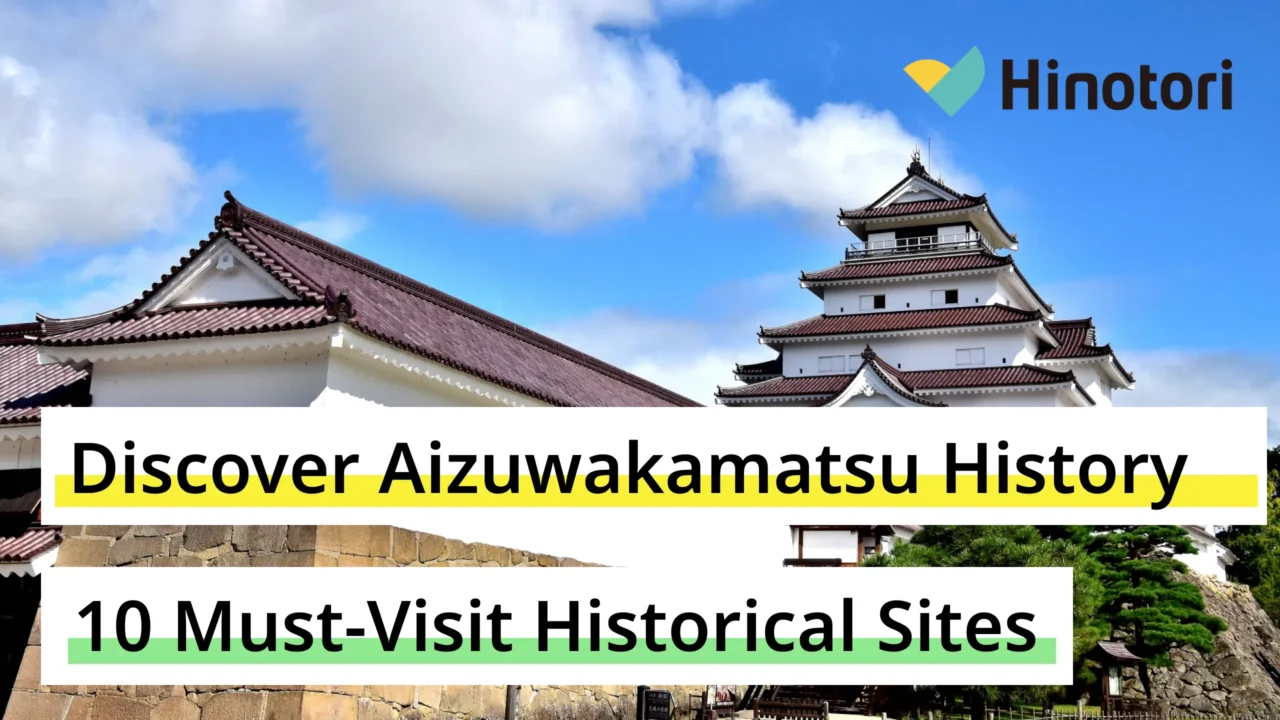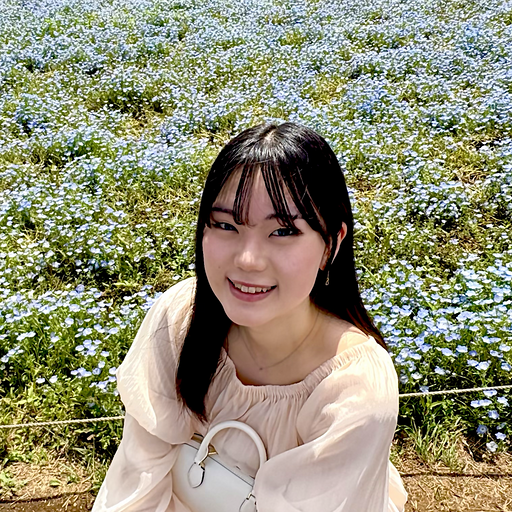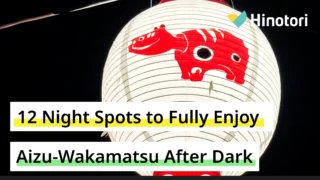Aizu-Wakamatsu is a city steeped in the history of the Aizu War and the Aizu Domain during the Bakumatsu period. From Tsurugajo Castle to sites connected to the Byakkotai and Shinsengumi, and even historical spots conveying the tragedies of women, there are numerous spots where you can learn about Japanese history from an accessible perspective, even if you’re not well-versed in it. This article introduces representative places to visit, categorized for those who want to understand Aizu-Wakamatsu’s history clearly.
- Discover the Symbol of Aizu-Wakamatsu
- Learning the History of the Aizu War and the Byakkotai
- The Story of the Aizu Domain and Its Women in the Late Edo Period
- Spots Connected to the Shinsengumi and Late Edo Patriots
- Facilities Where You Can Experience History Firsthand
- A Clear Guide to Aizuwakamatsu’s History
Discover the Symbol of Aizu-Wakamatsu
An essential site for understanding Aizuwakamatsu’s history is Tsuruga Castle. This castle played a key role in the Boshin War and has long been cherished as a symbol of the Aizu domain. Inside, visitors can explore a wealth of historical exhibits that bring the era to life. The castle’s main keep also houses a local history museum, offering an in-depth look at the culture and history of the Aizu domain. These spots make Tsuruga Castle an ideal starting point for anyone wanting to grasp the city’s historical background.
Tsuruga Castle (Aizu-Wakamatsu Castle) | Stage of the Boshin War
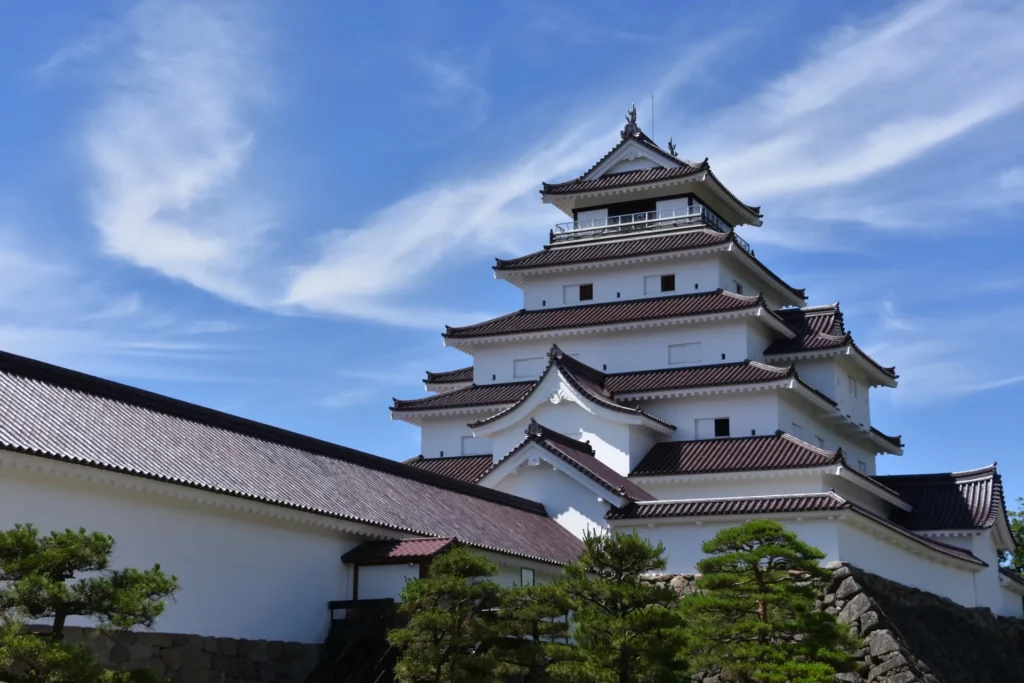
Rising at the heart of Aizuwakamatsu, Tsuruga Castle served as the political and military center of the Aizu domain for centuries. During the turbulent final years of the Edo period, it became a key battleground in the 1868 Boshin War, where Aizu warriors fought fiercely to defend the castle against the new government forces. Designed as a strategic stronghold, the castle played a vital role in the domain’s defense.
The castle’s history reflects the loyalty and courage of the Aizu samurai who faced immense challenges. Today, visitors can climb the main keep and imagine the battlefield while taking in panoramic views of the city. The layout of the castle and the surrounding castle town provides insight into how the domain organized both defense and daily life.
Tsuruga Castle is more than just a tourist attraction—it is a place where visitors can experience the history of Aizu firsthand. Walking through its grounds while thinking about the samurai’s lives and the historical context of the Boshin War offers a deeper understanding and a more moving experience.
The Aizu domain governed the Aizu district (now western Fukushima Prefecture) and parts of present-day Niigata and Tochigi Prefectures.
You can see the scenery of the Edo period superimposed on the present-day landscape!
Tsurugajo Castle Keep Local History Museum|Aizu Domain History Exhibition
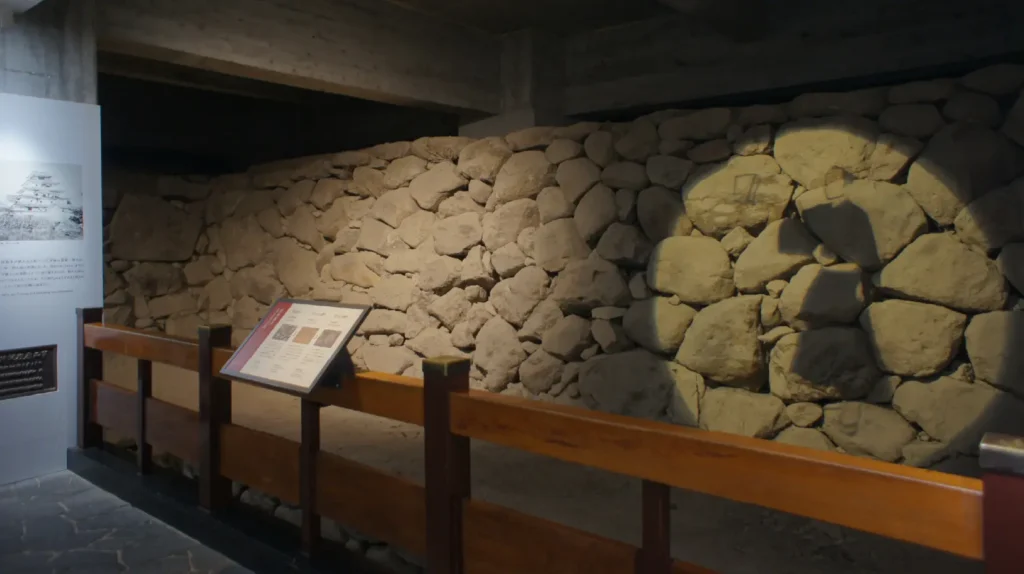
Inside the main keep of Tsuruga Castle, the Local History Museum offers an in-depth look into the history and culture of the Aizu domain. The exhibits feature artifacts from the Boshin War—such as weapons, armor, and personal belongings of the Aizu samurai—providing a vivid understanding of the hardships and realities faced during that era.
With clear explanations supported by models, panels, and displays, the museum conveys the spirit of the Aizu warriors and their determination in times of adversity. It also explores the castle’s political and military roles, allowing visitors to relive the historical background of the Aizu domain.
A visit here goes far beyond sightseeing—it’s a chance to truly feel the pride and resilience of the Aizu people. As a center for learning about the late Edo period and samurai culture, this museum is a must-visit spot for anyone interested in Japanese history.
I got to see the stone walls up close—a symbol of Aizu’s recovery!
Learning the History of the Aizu War and the Byakkotai
No story of Aizuwakamatsu’s history is complete without mentioning the Aizu War and the Byakkotai (White Tiger Corps). This region was the stage for fierce battles during the Boshin War, and the bravery and tragedy of the young Byakkotai warriors continue to be remembered today.The Byakkotai was a unit formed by teenage samurai of the Aizu domain, whose tragic fate left a lasting mark on Japanese history. Learning about the Aizu War allows visitors to understand the emotions, struggles, and spirit of the people who lived through those turbulent times.
In the next section, we’ll introduce Iimoriyama, where the Byakkotai tragedy took place, and the Byakkotai Memorial Museum, where visitors can explore their true story in depth.
Mt. Iimori|The site that tells the tragic story of the Byakkotai
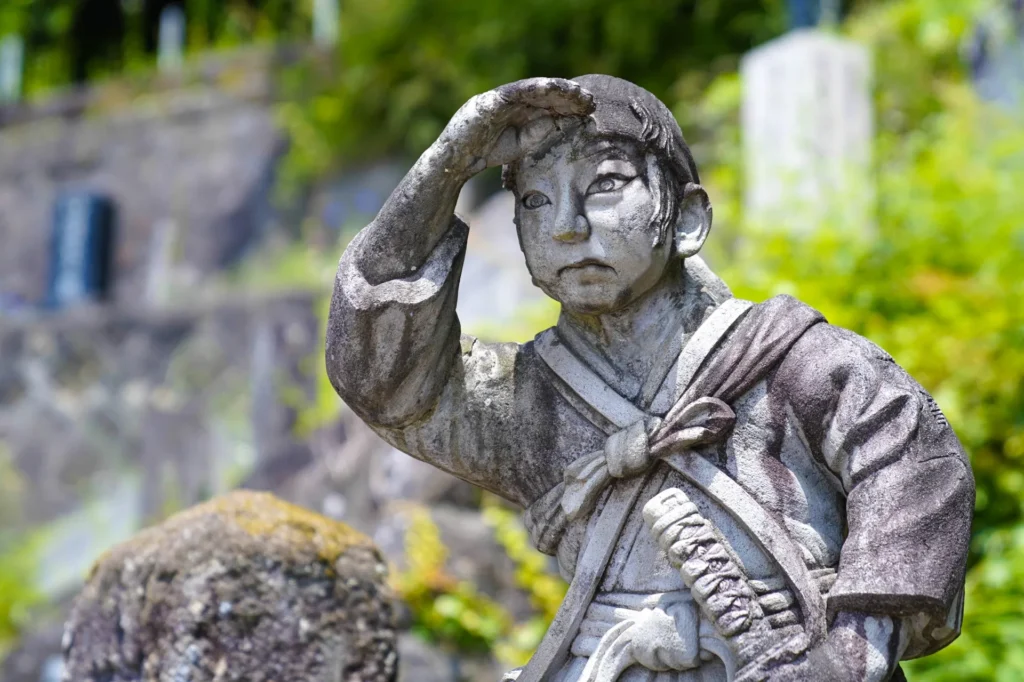
Mt. Imori is one of the most significant historical sites in Aizuwakamatsu. During the Boshin War in 1868, this hill became the setting for the heartbreaking fate of the young Byakkotai (White Tiger Corps) warriors. Surrounded by enemy forces, the Byakkotai fought bravely to defend Tsuruga Castle, but facing a hopeless situation, they made a tragic decision that continues to move people to this day.
At the top of the hill stands a monument marking the place where these young samurai took their own lives. Visiting Mt. Imori allows you to feel their courage, sorrow, and unshakable loyalty. The view from the summit is breathtaking—you can overlook the entire city of Aizuwakamatsu, making it both a place of reflection and beauty.
The story of the Byakkotai is more than a tale of wartime tragedy. It symbolizes youthful idealism, friendship, and unwavering devotion. Standing on Mt. Imori, visitors can truly connect with their spirit and gain a deeper understanding of Aizu’s proud history.
Byakkotai:The Byakkotai was a unit of young samurai from the Aizu domain, some as young as 13 to 15 years old. Many volunteered to fight, even altering their ages to join the battlefield.(Source:Wikipedia)
Enjoy a panoramic view of Aizu’s townscape!
The Byakkotai Museum of History|Learning the historical facts of the young soldiers
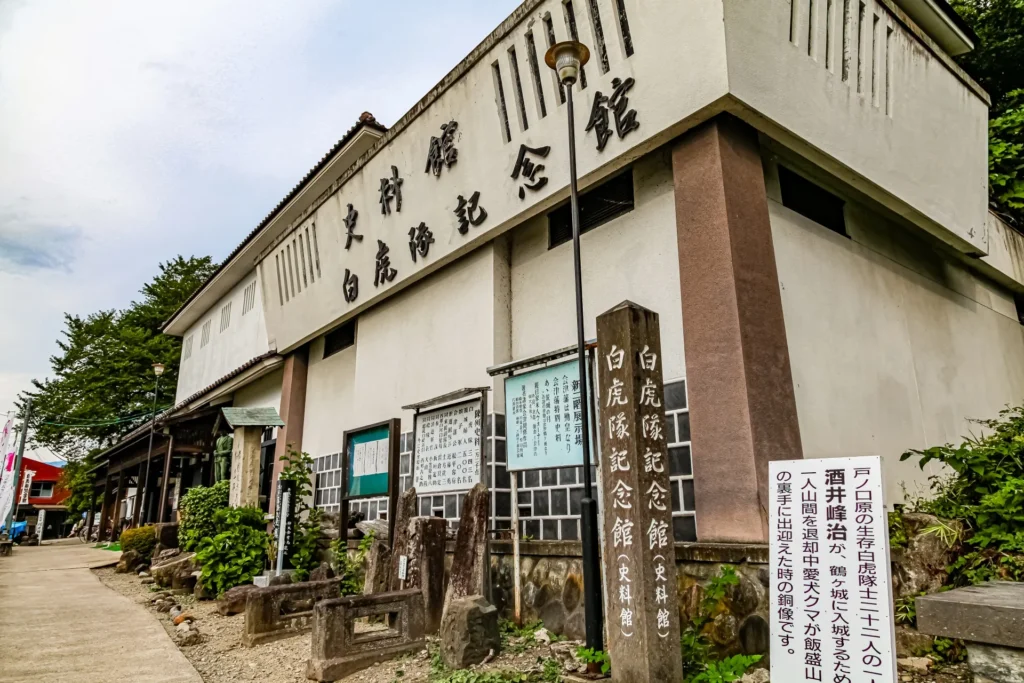
The Byakkotai Museum of History is a valuable facility where visitors can learn deeply about the story of the young Byakkotai warriors who fought in the Aizu War. The museum presents the full history of the White Tiger Corps—from their formation and fierce battles to their tragic final moments. Inside, you’ll find a rich collection of personal belongings, letters, and historical materials that allow you to feel the courage and conviction of these young samurai.
One of the most moving parts of the museum is the visual and panel displays that vividly portray the lives of the Byakkotai members. Through these exhibits, visitors can understand not only what they fought for, but also the emotions and ideals that guided them. Around the museum, there are several related sites where the Byakkotai actually fought, making it an ideal place to experience history in a tangible way.
Visiting the Byakkotai Museum offers a deeper understanding of Aizuwakamatsu’s past and the spirit of the young warriors who once lived here. It’s more than a lesson in history—it’s an experience that resonates with the heart, inspiring reflection and respect.
I was able to see valuable artifacts related to the Boshin War!
The Story of the Aizu Domain and Its Women in the Late Edo Period
The history of Aizu-Wakamatsu is deeply etched with the stories of women from the Aizu domain during the Bakumatsu period. Particularly amidst the turmoil of the Aizu War, women devoted themselves to protecting their families and communities. The Nakano Takeko Memorial Monument stands as a place honoring the courage of the women lost in the war, telling the story of how vital their presence was. Furthermore, the Akizuki no Tsubone Memorial Pagoda serves as a site that passes down the tragedy of the women and children, conveying this history to many visitors. Visiting these spots allows one to feel the strength and sorrow of the women of the Aizu domain.
Takako Nakano Memorial Monument|Women Who Fell in the Aizu War
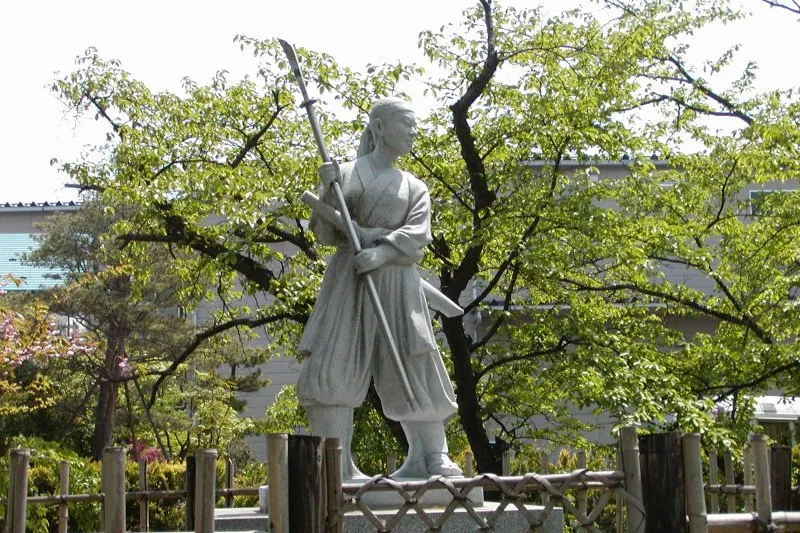
The Takeko Nakano Memorial Monument is an important historical site conveying the tragedy of the women who perished during the Aizu War. As the wife of an Aizu samurai, Takeko devoted herself to protecting her family amidst the war’s devastation but ultimately lost her life as the conflict intensified. This monument was erected to honor Takeko’s courage and devotion, reminding visitors of this history.
Around the monument, displays explain Takeko’s life and the role of women in the Aizu War, allowing visitors to sense their suffering and strength. The surrounding natural environment is also beautiful, and the quiet location offers a peaceful place to reflect while learning about history.
The Takeko Nakano Memorial Monument is an essential spot for understanding the history of Aizu-Wakamatsu, and a particularly valuable place for gaining insight into the Aizu War from a female perspective. Visiting allows one to engrave their stories in one’s heart and feel the weight of history.
The verse tied to the naginata when going into battle is engraved here!
Grave Memorial of Lady Akizuki| A Place Honoring the Tragedy of Aizu’s Women
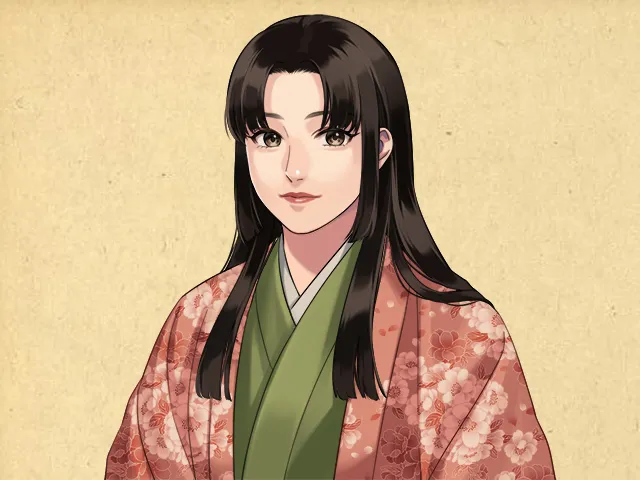
The Grave Memorial of Lady Akizuki stands as a solemn reminder of the many women who lost their lives during the Aizu War. This historic monument tells the story of how the women of the Aizu domain endured the hardships of war and how their courage and sorrow have been passed down through generations. Lady Akizuki, a noblewoman who served the Aizu clan, symbolizes their strength and devotion, and this memorial preserves her legacy as a voice for all the women who suffered in silence.
Located in a quiet and peaceful setting, the monument evokes deep reflection. Surrounded by nature, visitors can sense the emotions of the women who lived through that turbulent era. Informational panels around the site provide context about their stories, helping visitors learn about the history while honoring their memory.
The Grave Memorial of Lady Akizuki is an essential site for understanding Aizuwakamatsu’s history, offering a rare perspective on the Aizu War through the eyes of its women. Visiting this place encourages reflection on their pain, hope, and unwavering spirit.
The spirits of noble women from history are honored here.
Spots Connected to the Shinsengumi and Late Edo Patriots
Aizu-Wakamatsu is home to several historic sites linked to the Shinsengumi and other samurai who played key roles during the turbulent final years of the Edo period. Among them, Amida Temple is especially notable—it is the resting place of Hajime Saitō, a renowned Shinsengumi captain. Visiting here offers insight into his life and the group’s legacy.
At the Aizu Samurai Residence, you can experience the lifestyle and values of samurai who served the Aizu Domain. The exhibits vividly convey the pride, discipline, and spirit that defined the warriors of this era. Touring these sites allows you to truly feel the atmosphere of the late Edo period and the deep historical roots that continue to shape Aizu-Wakamatsu today.
Amida Temple|The Resting Place of Hajime Saitō, Captain of the Shinsengumi
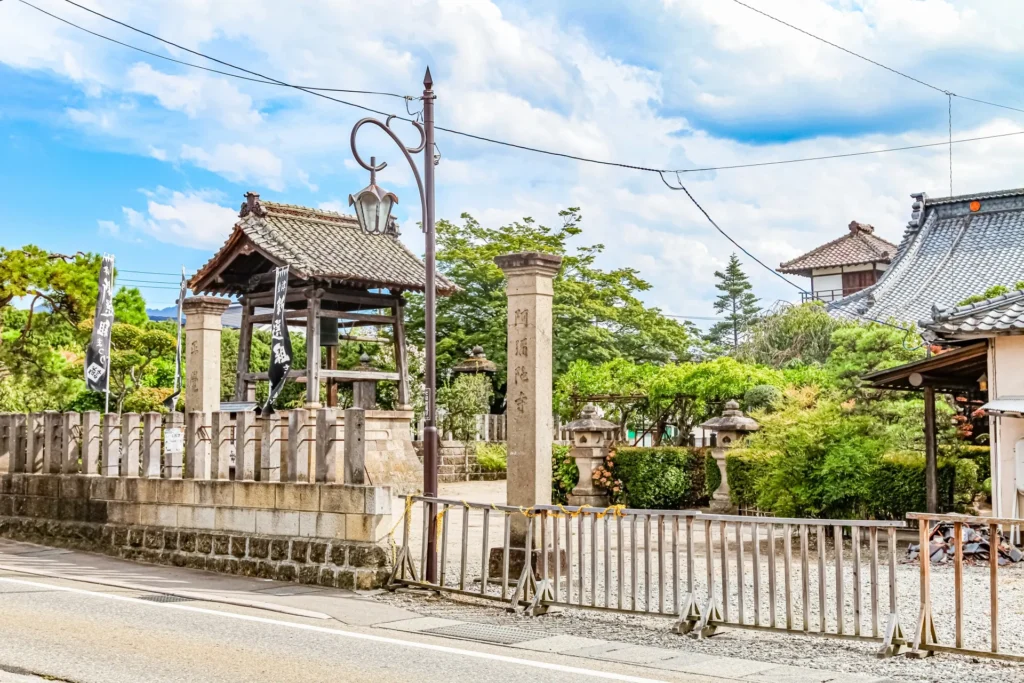
Located in Aizu-Wakamatsu City, Amida Temple is a historic site best known as the final resting place of Hajime Saitō, a former captain of the Shinsengumi. During the turbulent years of the late Edo period, Saitō was renowned for his exceptional swordsmanship and loyalty. After the fall of the Tokugawa shogunate, he continued to serve in the Battle of Aizu, leaving a legacy that still resonates with many today.
Within the temple grounds lies Saitō’s grave, where visitors can quietly reflect on his life and contributions. The temple’s serene garden and historical architecture also make it a peaceful and contemplative destination. For fans of the Shinsengumi, Amida Temple is a must-visit spot, offering a tangible connection to the spirit and conviction of one of its most enduring figures.
Visiting Amida Temple allows you to experience a part of Aizu-Wakamatsu’s deep history while imagining the world of the late samurai era. More than a place of learning, it is a space for calm reflection amid the stillness of time.
Shinsengumi: A special police force organized by the Tokugawa shogunate during the closing years of the Edo period. (Source: Wikipedia)
Hajime Saitō: A Japanese samurai and member of the Shinsengumi who later served as a police officer.(Source:Wikipedia)
The temple’s inner structure is said to have four levels, once used as a secret meeting place—a fascinating detail that deepens its historical intrigue!
Aizu Bukeyashiki|Discover the Life and Spirit of the Aizu Samurai
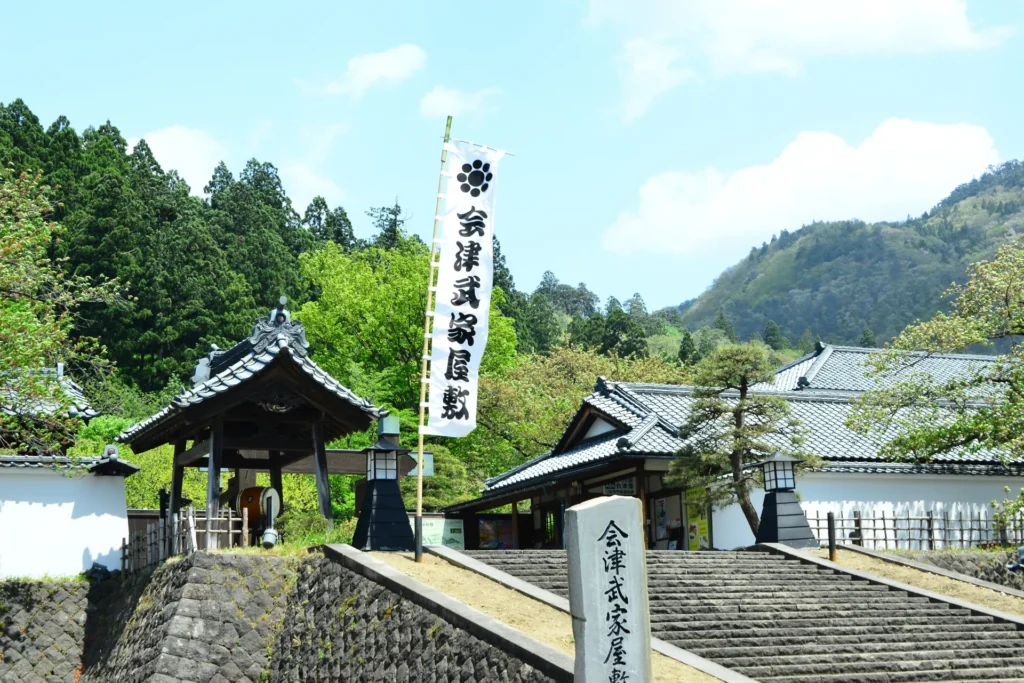
Aizu Bukeyashiki offers a fascinating glimpse into the daily lives and values of the samurai who served the Aizu Domain. This carefully preserved estate features reconstructed buildings and gardens that vividly recreate the lifestyle of samurai families during the Edo period, allowing visitors to step back in time and experience their world firsthand.
Inside the residence, detailed exhibits illustrate how samurai families lived — from education and etiquette to the moral teachings that shaped their way of life. The gardens surrounding the estate are also beautifully maintained, offering tranquil seasonal scenery that reflects the elegance and harmony of the era.
A visit to Aizu Bukeyashiki provides more than historical insight — it offers an opportunity to understand the samurai spirit that valued loyalty, honor, and integrity above all else. Here, you can connect deeply with the heart of Aizu’s culture and the principles that guided its people through times of peace and conflict.
I was truly inspired by the samurai’s unwavering sense of loyalty from that era!
Facilities Where You Can Experience History Firsthand
Aizu-Wakamatsu offers several places where visitors can learn about history through direct experience. At Aizu Clan School Nisshinkan, you can take part in hands-on programs that recreate the education once given to samurai children, allowing you to feel the atmosphere of a traditional school from the Edo period. Meanwhile, the Aizu Machikata Denshōkan introduces local merchant culture and the city’s history in an easy-to-understand way through engaging exhibits and interactive displays.
By visiting these facilities, you’ll gain a deeper and more personal connection to the history of Aizu-Wakamatsu—making the past feel vividly alive.
Aizu Clan School Nisshinkan|A Place to Experience Samurai Education
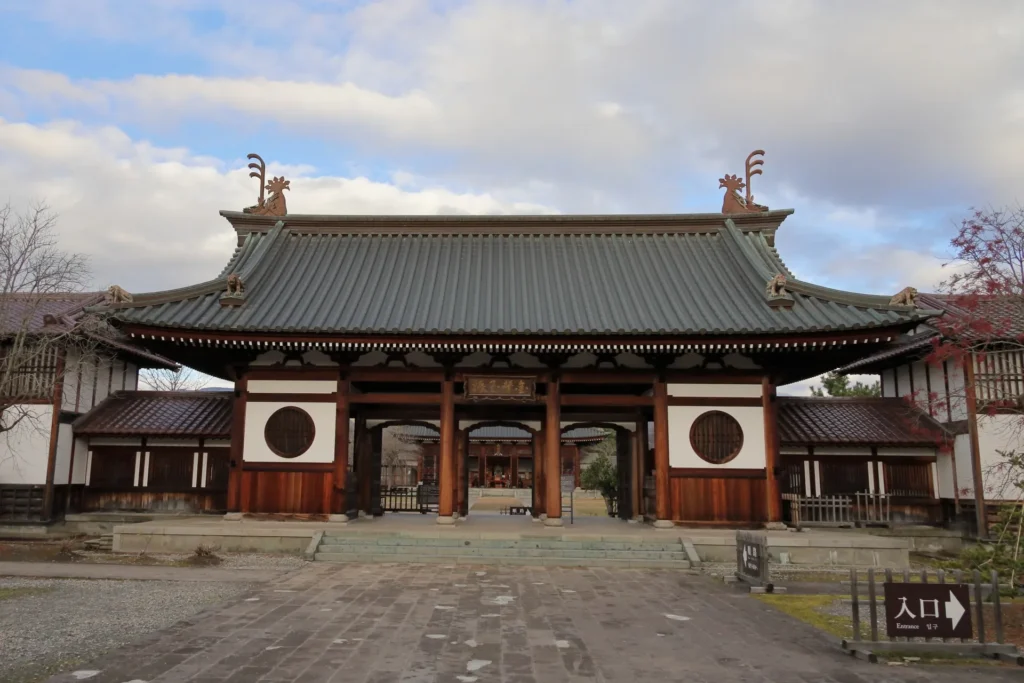
The Aizu Clan School Nisshinkan is a historic educational institution where the sons of samurai once trained both their minds and bodies. Established during the Edo period, it served as the premier school of the Aizu domain, emphasizing not only academics such as Confucian studies and calligraphy but also martial arts, archery, and etiquette.
Today, the site has been faithfully reconstructed, allowing visitors to experience samurai education firsthand. You can try activities such as zazen meditation, traditional archery, and writing with a brush, gaining insight into the discipline and values that shaped the samurai spirit. The serene atmosphere of the school grounds offers a glimpse into the way of life and mindset of Aizu’s young warriors.
Visiting the Nisshinkan is more than just a history lesson—it’s an opportunity to feel the pride, rigor, and philosophy that defined samurai education.
It was a prestigious clan school that produced many outstanding leaders!
Aizu Machikata Folklore Museum|Discover the Culture and History of Aizu’s Townspeople
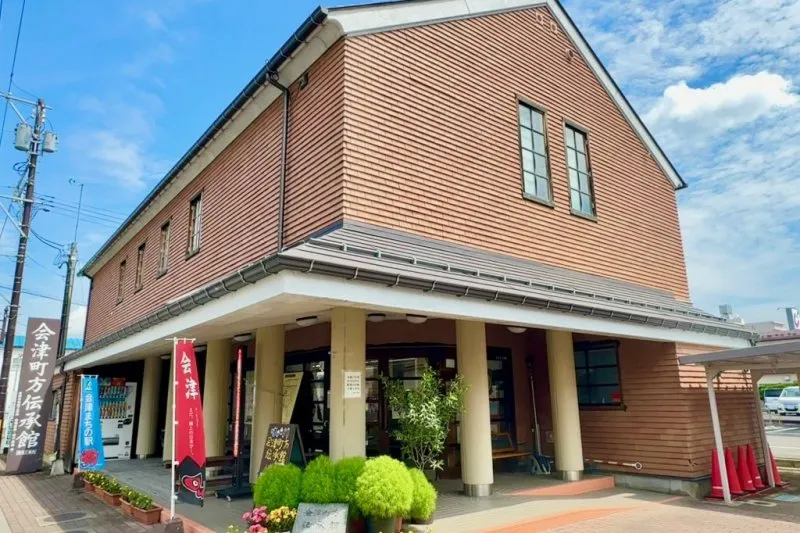
The Aizu Machikata Folklore Museum is a valuable facility for learning about the daily lives and culture of townspeople in Aizu-Wakamatsu. Here, visitors can experience how the merchant class lived and contributed to society during the Edo period. The museum features detailed exhibits that recreate traditional living spaces, as well as displays on the commerce and crafts that supported the local economy.
One of the most fascinating aspects of the museum is how it highlights the role of townspeople in building and sustaining the community. Unlike the samurai class of the Aizu Domain, the merchants and artisans played a vital part in cultural and economic development, offering a fresh perspective on Aizu’s history.Interactive programs allow visitors to try their hand at using historical tools or enjoy traditional games, making the learning experience both fun and immersive.
Far more than just a historical exhibit, the Aizu Machikata Folklore Museum brings Aizu’s town culture to life, helping visitors connect with the people and stories that shaped the city’s heritage.
Traditional crafts cultivated over many years in the Aizu region are on display!
A Clear Guide to Aizuwakamatsu’s History
Aizu-Wakamatsu is a city steeped in history, where the legacy of past events can still be felt throughout its streets. The Boshin War and the tragedy of the Byakkotai (White Tiger Corps) are among the most powerful stories that continue to move visitors today. Centered around Tsuruga Castle, numerous historical sites tell the tale of the Aizu Domain’s glory, struggles, and resilience—making it an ideal destination for those eager to explore Japan’s past.
Visiting Aizu-Wakamatsu offers more than just sightseeing; it provides a vivid encounter with Japanese history itself. From monuments that commemorate the bravery of young Byakkotai soldiers to memorials honoring the women who endured great hardship, each site reveals a different side of Aizu’s legacy. At places like the Aizu Clan School Nisshinkan and the Aizu Machikata Folklore Museum, visitors can also experience samurai education and townspeople culture firsthand, gaining a broader understanding of the era.
A journey through Aizu-Wakamatsu to “learn history the easy way” is not just a trip—it’s an experience that touches the heart and deepens one’s appreciation for Japan’s enduring spirit. In the next section, we’ll introduce specific historical sites that bring Aizu’s rich story to life.

